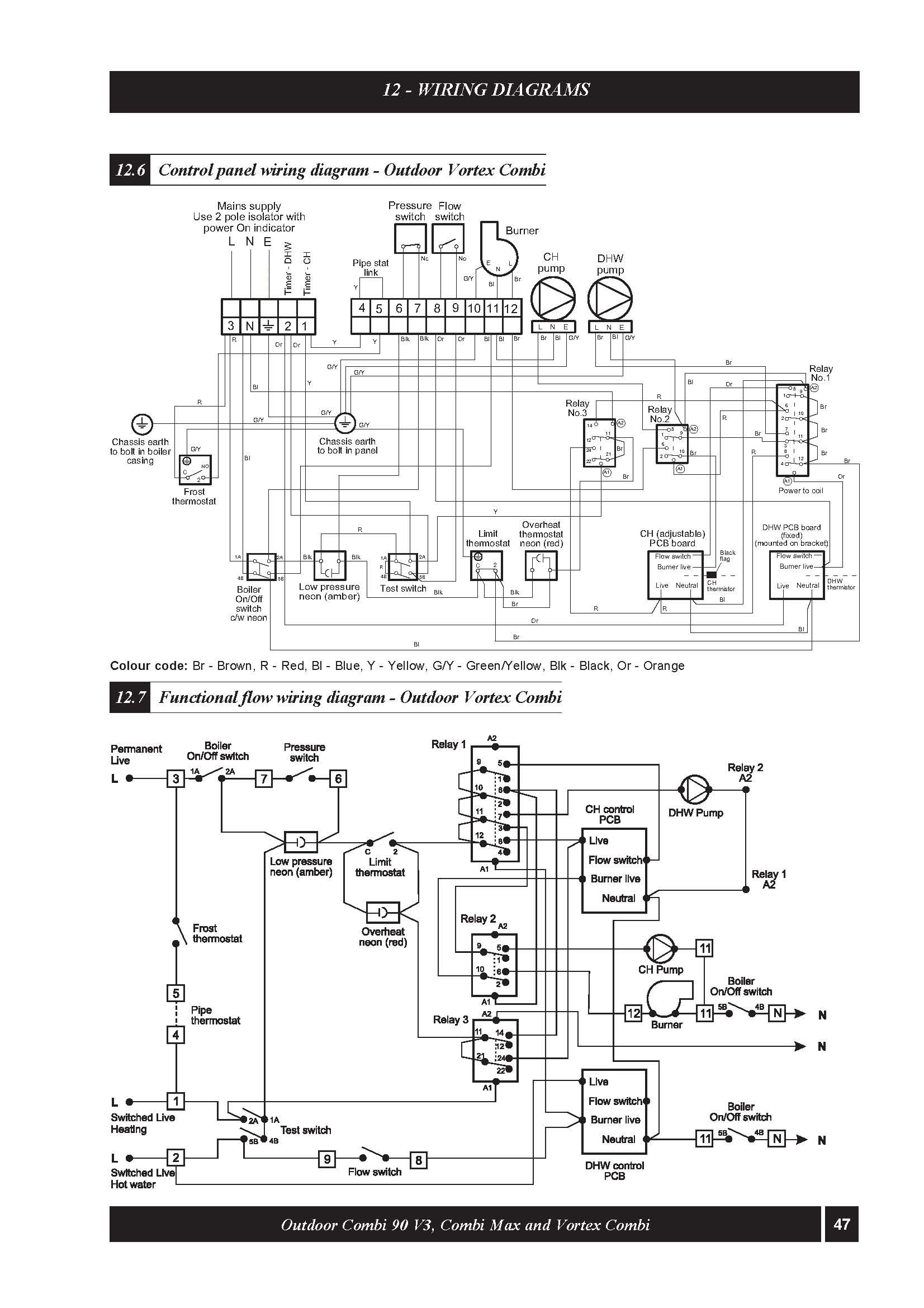The idea is to store surplus kwh for DHW or space heating for later use. In principle, this is just pushing the tried and tested calorifier store of DHW a bit further. It is improbable that there will be spare kwh in electrical form when space heating is required (and you are off grid) – but heat generated by engine or stove/boiler is more practical.
Once the storage tank drops below, say 40 degrees, it is not going to be much use for heating or hot (warm) water. Taking 90 degrees as the maximum storage temperature, gives a usable range of 50 degrees.
From it taking 1 calorie to raise 1 gramme by 1 degree – (a calorie is 4.184 Joules, and Joule is a watt second) means that the store will hold a theoretical 9.3 kwh. You could payback at, say, 0.5kw over the 18 hours that the engine/stove was not operating.
But allowing for say, 50 litres for the DHW – and you are down to 6.4 kwh – or about 1/3 kw for the 18 hours. I doubt this is enough to keep a boat (well, a sufficiently sized boat to hold the kit) on even a typical winter day. It’s around the same output as a single panel radiator of 400 x 500. Maybe 1 or 2kw would be a reasonable target?
Allowing for various inefficiencies and you could be needing maybe 5 or 10 x 190 litres to make this work. And, of course, you need to find the energy from somewhere to shove it back in.
I am all for other people experimenting with new ideas, but there is much to be said for the solid fuel stove (with or without a back boiler) gently producing 24 hours a day.
All assuming the numbers are anywhere near correct.







